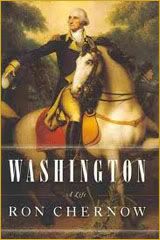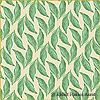Are Artists less Religious than Scientists?
| To have a positive religion is not necessary. To be in harmony with yourself and the universe is what counts, and this is possible without positive and specific formulation in words. |
This is a quote attributed to Goethe, and it fits his choice of investigation in the Theory of Colors.
Goethe, although having written on botany and spent much time doing empirical observations on color, is really known as a poet first and foremost. He did try his hand at painting, but his paintings were never comparable to his other great achievements.
The interesting thing about artists – and that includes all creative people like poets, novelists, painters and musicians – is that they’re often making things out of nothing.
Although Goethe worked within the morals of his times, it is in his color theory where he set aside a complex table of polarities where he created his own tentaive morality based on colors. Blue is weakness, Yellow strength; Blue is attraction, Yellow repulsion. It is almost as though he were rewriting his own code for life – his own ten commandments – based on his earthly visions and empirical experiments.
He tried to be in harmony with the universe and with himself, without the explicit help or direction of God.
Scientists never really attempt to recodify the world, only to find the hidden and invisible structures that make up this world. Artists, at heart, wish to recreate the world and make it in their own image. They will always have a certain god-complex, some competition with God Himself.
Goethe’s many quotes, works and ideas testify that he was such a true artist, and probably an atheist as well.













